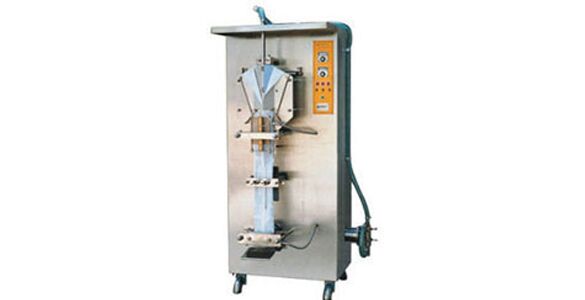Choosing the right ice candy packaging machine is crucial for businesses in the frozen dessert industry to ensure efficient and hygienic packaging of ice candies. Here are some key factors to consider when selecting an ice candy packaging machine for your business:
- Packaging Type:
- Determine the type of packaging you require for your ice candies, such as pouches, sachets, cups, or sticks. Consider the size, shape, and material of the packaging based on your product specifications and customer preferences.
- Packaging Capacity:
- Evaluate your production capacity and choose a machine that can handle the desired volume of ice candy packaging per day or per hour. Consider factors like filling speed and throughput to meet demand efficiently.
- Packaging Material:
- Ensure that the machine is compatible with the packaging material suitable for frozen products, such as polyethylene (PE), polypropylene (PP), or laminated films, to maintain product freshness and prevent freezer burn.
- Sealing Mechanism:
- Check the sealing mechanism offered by the machine, such as heat sealing, ultrasonic sealing, or impulse sealing, to ensure airtight and secure seals that protect the ice candies from contamination and moisture.
- Product Handling:
- Consider the handling capabilities of the machine for delicate frozen products like ice candies. Look for features such as gentle product handling, adjustable conveyor speeds, and automatic feeding systems to minimize product damage and maintain quality.
- Packaging Features:
- Decide on additional packaging features you may need, such as date coding, batch printing, labeling, or shrink wrapping, to enhance product traceability, branding, and shelf appeal.
- Automation Level:
- Choose the appropriate level of automation based on your production scale and labor resources. Options range from manual machines for small-scale operations to fully automatic machines for high-volume production.
- Hygiene and Sanitation:
- Prioritize machines with hygienic design features, easy cleaning procedures, and materials compliant with food safety standards to ensure product integrity and consumer safety.
- Energy Efficiency:
- Consider machines with energy-saving features, such as efficient heating elements, insulated sealing bars, and automatic power-off functions, to reduce energy consumption and operational costs.
- Maintenance and Serviceability:
- Evaluate the ease of maintenance, availability of spare parts, and technical support offered by the supplier to minimize downtime, address any issues promptly, and prolong the machine's lifespan.





Comments